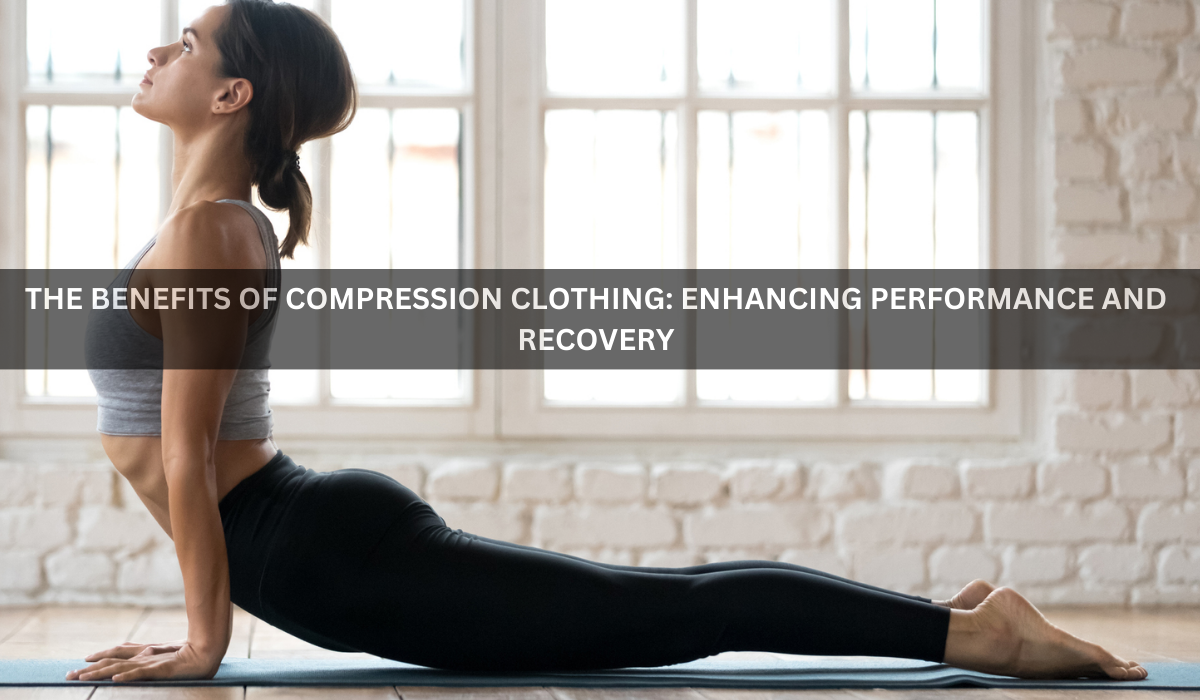Swimming is a beautiful activity that brings happiness and calmness and promotes good health. Whether you prefer a casual swim in a pool, an exciting open-water adventure, or even competitive swimming, safety should always be your top priority. The right swim safety equipment is like a lifeline, and this detailed guide will assist you in understanding the wide range of swimming gear available. It will help you make informed decisions to ensure a safe and enjoyable experience in the water.
Different Types of swim safety equipment
Assess Your Skill Level
Selecting the appropriate Poolside Safety Tools starts with an honest self-assessment of your skill level. Whether you’re a beginner, an intermediate swimmer, or an advanced aquatic athlete, your needs will vary significantly. Novices may require additional flotation devices, while advanced swimmers may focus on advanced tools. Understanding your abilities is the first and most crucial step in choosing the right gear.
Know the Water Environment
The swimming environment dramatically influences your choice of safety equipment. Swimming can occur in diverse settings, from controlled pools to the unpredictable nature of open water bodies like lakes and oceans.
Unique challenges in each environment may necessitate different equipment. Pools may necessitate a focus on comfort and speed, whereas open water may demand specialized tools to enhance buoyancy and navigation.
Life Jackets and Personal Floatation Devices (PFDs)
If you are not a strong swimmer or participate in water activities requiring you to stay afloat, wearing a life jacket or personal floatation device (PFD) is essential. These devices are crucial for your safety and cannot be overlooked. Choosing a life jacket or PFD approved by the U.S. Coast Guard that fits you properly is important. This will ensure that you are comfortable and that the device will work effectively in keeping you buoyant in the water.
Swim Goggles
If you want to have a clear vision underwater, it is essential to have high-quality swim goggles. These goggles should have features like anti-fog coatings and UV protection. These features will enhance your visibility underwater and protect your eyes from the harmful effects of chlorine and the sun.
Swim Caps
Swim caps are more than just a stylish accessory; they serve practical purposes. Not only do they keep your hair in check, but they also reduce water resistance, allowing you to glide through the water with ease. A snug fit is essential to prevent water from entering your ears and distracting you during your swim.
Rescue Tools
It is unexpected for anyone to find themselves in a difficult situation while in the water. However, it is crucial to be prepared for such circumstances by carrying a whistle or personal safety alarm. These small and lightweight devices can save lives when one is in distress or needs to notify others about an emergency. Every swimmer should consider these tools an essential part of their safety equipment.
Sun Protection
It is important to remember to protect yourself from the sun when swimming, especially if you are outdoors. To ensure your safety, you should have a few essential items. Firstly, sunscreen with a high sun protection factor (SPF) is crucial. Moreover, this will help to shield your skin from the harmful ultraviolet (UV) rays. Additionally, wearing UV-protective swimwear is essential. This clothing type offers additional protection against the sun’s rays. Lastly, remember to don a wide-brimmed hat. This will help to protect your face and neck from direct sunlight. By taking these precautions, you can significantly reduce the risk of sunburn and long-term damage caused by the sun.
First Aid Kit
Accidents can happen, even in the controlled environment of a swimming pool. It’s crucial to have a small, waterproof first aid kit on hand. This kit should include essential items like adhesive bandages, antiseptic wipes, and scissors, allowing you to swiftly address minor injuries, cuts, or scrapes.
Floating Swim Aids
Floating swim aids are beneficial for young swimmers or those who are still developing their swimming skills. These include tools like kickboards, pull buoys, and swim noodles, which assist with buoyancy and stroke development. They’re not just for beginners; many competitive swimmers use these aids to refine their techniques.
Water Shoes
It is unexpected for anyone to find themselves in a difficult situation in the water. However, preparing for such circumstances is crucial and involves carrying a whistle or a personal safety alarm. These small and lightweight devices can save lives when one is in distress or needs to notify others about an emergency. Hence, we highly recommend that every swimmer include these tools as safety equipment.
Regular Equipment Check
Your safety gear is only as good as its condition. Regularly inspect your swim safety equipment to ensure optimal working conditions. Look for tears, wear, or other signs of damage, and replace any items that no longer meet safety standards.
Dive Equipment
Having the right dive equipment is essential to venturing into underwater exploration. In addition, this includes a mask, snorkel, and fins to help you breathe and move efficiently below the surface. A weight belt can also assist with buoyancy control, ensuring a safe and enjoyable diving experience.
Wet Suits and Rash Guards
In colder waters or for added protection from the sun, wet suits and rash guards are indispensable. Wet suits provide thermal insulation and buoyancy, while rash guards shield your skin from abrasions and harmful UV rays. Choose the right fit and thickness to suit your needs and water temperature.
Swim Training Aids
For swimmers looking to enhance their skills, various training aids are available. These include paddles, fins, and snorkels designed to improve stroke technique, build strength, and increase endurance. Incorporating these aids into your practice can take your swimming to the next level.
Emergency Contacts and Communication Devices
While not a physical piece of equipment, ensuring you have a way to communicate in case of an emergency is vital. Whether it’s a waterproof phone case or a portable two-way radio, having the means to call for help or alert others to potential issues can be a lifesaver in critical situations.
Get Proper Training
Each piece of equipment can only replace knowledge and experience. One of the most vital components of swim safety is understanding how to react in various situations and mastering essential swimming skills. Enroll in swimming lessons, water safety courses, or lifeguard training to enhance your proficiency in the water. Knowing how to handle yourself in diverse aquatic settings is an invaluable form of Aquatic Safety Tool.
Conclusion
Choosing the right swim safety equipment is crucial for a secure and enjoyable swimming experience. It all begins with an accurate assessment of your skill level and a keen understanding of the specific water environment in which you’ll swim. Whether you’re leisurely floating in a pool, tackling the surf at the beach, or training for a triathlon, having the right gear equips you with peace of mind and minimizes risks. Your safety in the water depends on your preparedness and the tools at your disposal. Whether swimming for leisure, fitness, or competition, having the right Aquatic Safety Tools is critical to making every aquatic experience secure and memorable.





